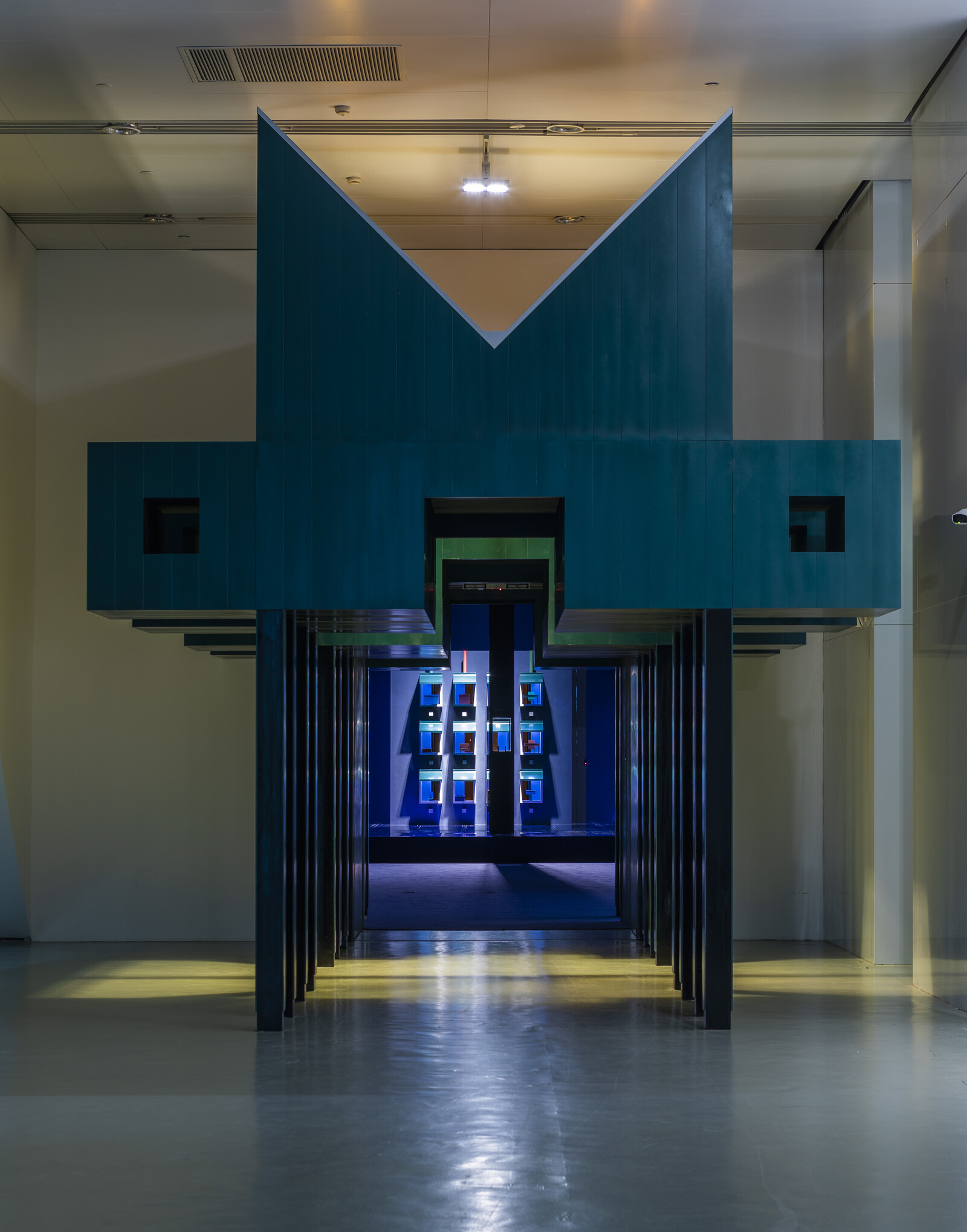Shanghai Masque
November 13, 2021–February 15, 2022
678 Miaojiang Road
200011 Shanghai
China
Hours: Tuesday–Sunday 11am–7pm
T +86 21 3110 8550
media@powerstationofart.com
From November 13, 2021 to February 15, 2022, the Power Station of Art (PSA) will host the exhibition John Hejduk: Shanghai Masque, presenting a unique case in the 20th-century architecture history. John Hejduk (1929–2000) was not only a distinguished architect, educator, and historian, but also an artist and poet. Although most of his architectural imaginations and cross-media practices exist only on paper, Hejduk’s unremitting efforts have succeeded in expanding the scope of architectural field. His work helped shape various disciplines and continues to inspire generations of architects and artists. As the first large-scale exhibition of Hejduk in Asia, the exhibition will showcase paintings, installations, manuscripts, videos, and documents in an abundant yet detailed manner, and stage large-scale “structures” especially reproduced for the exhibition by the students and faculty from Southeast University. Borrowing the format of a sudden masque, the exhibition will welcome iconic characters created by Hejduk to the hall. Following the architectural symphony composed by architecture and other disciplines, viewers will gradually decipher Hejduk’s practices and thoughts and eventually approach his world.
The title of the exhibition is inspired by the best-known works of John Hejduk, Masques (1979–2000). The masque was a form of courtly entertainment that originated in England in the 16th and 17th centuries. The word can also refer to the stage set involved, and architects were often invited to participate in the design of stages and costumes. Hejduk drew attention to the architect Inigo Jones, who was the first to participate in such design in the 18th century. Hejduk believed that Jones mastered all the illusions on stage, by not only manipulating the architecture, but also employing materials such as sound and light. In the late 1970s, Hejduk started to develop a series of “structures” titled “Masques.” Tailored to different urban narratives, such “structures” do not possess any conventional architectural forms and functions, and are usually composed of basic geometric shapes and their deformations, occasionally accompanied by some biomorphic elements. Hejduk’s “structures” of all shapes and sizes are endowed with different personalities and expressions, as if they were mask-wearing actors who tour different cities and perform different narratives. Therefore, the “nomadic” nature embedded in the “Masques” represents Hejduk’s intervention in society in an anti-monumental way, in his words, “we are in a nomadic age.”
The “Shanghai Masque” starts with a gigantic installation “Book Market”—an in-situ reconstruction of Hejduk’s iconic “structures,” through which viewers can freely wander into the exhibition. The Blue Hall presents the “House for the Inhabitant Who Refused to Participate,” revealing how Hejduk reflected on the relationship between architecture and its social context in an allegorical way. In the Black Hall that follows, “Church,” “Death House,” “Court House” and “Prison House,” the four characters seen in the “Lancaster/Hanover Masque” are presented in juxtaposition with the “Berlin Night” project—a project Hejduk created in later years—to traverse his philosophical thinking about time and society.
John Hejduk firmly believed that “Art, be it painting, literature or architecture, is the remaining shell of thought.” For him, architecture, painting and poetry are all his language, influencing each other and contributing to each other. Therefore, the PSA exhibition will not only highlight Hejduk’s works in painting and poetry, but also screen one of his few interviews: John Hejduk: Builder of Worlds, a sit-down interview between Hejduk and his long-time friend, poet David Shapiro. Through the interview, viewers will get a glimpse of Hejduk’s exclusive insights into his personal development, his architectural predecessors, and the symptoms of his time.
John Hejduk: Shanghai Masque
Organized by: Power Station of Art
Co-organizers: Canadian Centre for Architecture, Southeast University School of Architecture
Special Support by: Shanghai International Culture Association
Curators: Yung Ho Chang, Ming Ge, Weiling He
Dates: November 13, 2021–February 15, 2022











